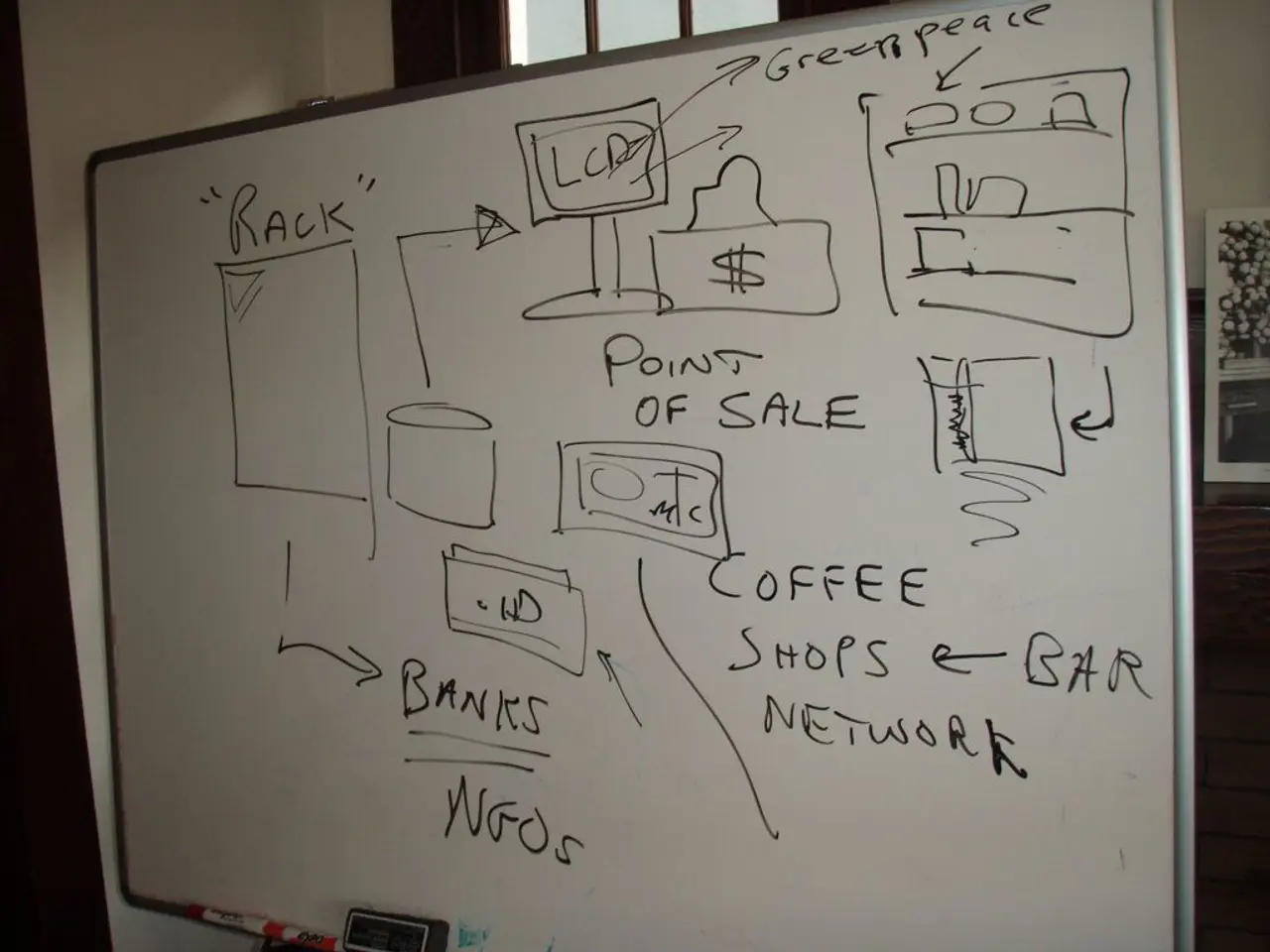Dynamic Environments Witnessing the Emergence of Nimble Robots, Adapted from Research Settings
In a groundbreaking development, companies like Amazon and DHL are investing in mobile robots that can autonomously navigate storage facilities, optimizing the transportation of goods without human intervention. This trend is not limited to the corporate world; agile robots are being designed to function in dynamic, real-world settings, such as disaster zones, hospital wards, and crowded warehouses.
One example of these agile robots is Boston Dynamics' Spot, a quadrupedal robot used in disaster response to traverse rubble, climb stairs, and squeeze through tight spaces. Spot helps locate survivors and assess hazardous conditions without endangering human rescue teams.
The transition from lab-based prototypes to real-world applications is happening faster than ever in the field of agile robotics. This rapid evolution is due, in part, to advancements in high-speed actuators and lightweight materials, making it possible to create robots that are lighter, more energy-efficient, durable, and capable of rapid movement.
Advancements in artificial intelligence (AI), sensor technology, and biomechanics have collectively enabled the development of agile robots that can navigate complex environments, adapt to changing conditions, and learn from experience. These innovations have improved robot perception, decision-making, and movement capabilities, especially for humanoid and legged robots.
AI algorithms, including learning-based methods and model predictive control, process data from advanced sensors such as LIDAR, infrared, cameras, and ultrasonic sensors to build detailed real-time 3D models of the environment, facilitating obstacle detection and avoidance. For example, Boston Dynamics' ATLAS robot uses LIDAR and sophisticated optimization algorithms to plan safe foot placements, enabling it to step over obstacles rather than navigate only around them.
Sensor technology advancements have expanded a robot’s field of view and environmental awareness beyond immediate surroundings, integrating data from onboard sensors and broader sources like satellite imagery for long-range traversability estimation. This integration enables more efficient global path planning and adaptation to varied terrain types.
Biomechanics research has inspired robots to mimic human and animal locomotion, improving agility, stability, and energy efficiency. Sophisticated motion planning algorithms, including rapidly exploring random trees (RRT) and particle swarm optimization, leverage biomechanical principles to generate natural and adaptive movement trajectories. This allows legged robots to respond dynamically to terrain irregularities and obstacles.
AI-driven learning models further allow robots to refine their navigation and manipulation strategies from experience, progressively enhancing their autonomy and robustness. Although some state-of-the-art humanoid platforms remain partially remote-controlled, modular software frameworks like ROS 2 support ongoing integration of autonomy features and adaptive control.
In the construction industry, drones are being deployed to survey building progress in real time, reducing reliance on manual checks and improving project accuracy. Aerial robots equipped with thermal imaging cameras are used in wildfire-prone regions to track fire spread and guide firefighting efforts with real-time data.
In healthcare, robotic exoskeletons are being used to help paralyzed patients regain mobility, and AI-driven robotic assistants are used for patient care, monitoring vitals, delivering medications, and providing companionship.
The new generation of agile robots is transforming industries that previously relied entirely on human labor, such as logistics, healthcare, and disaster response. These robots are designed to sense, react, and adjust to new conditions on the fly, unlike early industrial robots that were engineered for highly specific, repetitive tasks.
As technology advances, agile robots will not only enhance productivity and efficiency but also redefine how humans and machines interact in an increasingly complex world. Future advancements in AI, energy storage, and biomechanics will make robots even more autonomous, resilient, and adaptable, with expectations for fully autonomous search-and-rescue teams, robotic explorers navigating deep space missions, and personal robotic assistants that seamlessly integrate into everyday life.
[1] Agile Robots: A Survey of Technologies and Applications. IEEE Robotics and Automation Magazine. [2] Agile Robotics: From Dynamic Environments to Real-World Applications. Springer International Publishing AG, part of Springer Nature 2018. [5] Robot Operating System (ROS) 2. The Open-Source Robotics Foundation.
- The advancements in artificial intelligence (AI), sensor technology, and biomechanics have collectively enabled the development of agile robots, which are not only being used in controlled environments but are also being designed to function in complex, dynamic settings like disaster zones, hospital wards, and crowded warehouses.
- In the realm of technology, the integration of AI algorithms, high-speed actuators, lightweight materials, and advanced sensors is revolutionizing the field of tech, leading to the creation of agile robots that can navigate through diverse terrains with ease, adapt to changing conditions, and learn from experience.




